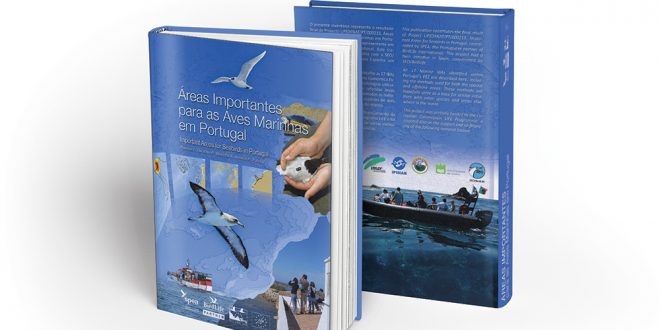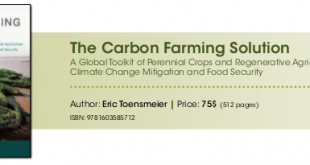EN Anyone interested in Atlantic seabirds in Portugal and their maritime life is in the right place at www.spea.pt/pt/publicacoes/edicoes-virtuais. In this library of the Portuguese association for the protection of birds SPEA, bird lovers will find, for example, the outstanding standard work “IBAs Marinhas“ (“Important Areas for Seabirds in Portugal” – in English too), covering 260 pages. By clicking on the link, you will be taken to http://lifeibasmarinhas.spea.pt/pt/y-book/ibasmarinhas/ where you will find this free ISSUU book, which is a little bit old, but no less up-to-date.
Every autumn, the world’s bird lovers meet in Sagres and observe migrations in the world of birds. Europe’s southwest cape appears to be a magical place and meeting point for those who like to see this phenomenon. Anyone wanting to learn more about the world of maritime birds can get detailed information here to start with. The five most important authors of this project are Iván Ramirez, Pedro Geraldes, Ana Meirinha, Patrícia Amorim and Vitor Paiva. Thanks to the support of numerous institutions, they have succeeded in creating a work that describes and illustrates, both geographically and thematically, 57 bird populations and their characteristics, including their nesting behaviour.
Human activity on land and at sea, it says in a summary on page 213 and the following pages, (for example international maritime transport, the fishing industry, military activities and the search for crude oil, gas and other minerals, the activities of the construction industry in port facilities, and tourism), is an acute danger for the life of our seabirds. With the ongoing loss of breeding areas, the contamination of the seas and the discharge of environmental toxins, we are risking the extinction of whole bird populations.
One final observation: This is compulsory reading for anyone who is permitting the prospecting for oil and gas in Portuguese coastal waters at the present time.
 Eco123 Revista da Economia e Ecologia
Eco123 Revista da Economia e Ecologia


